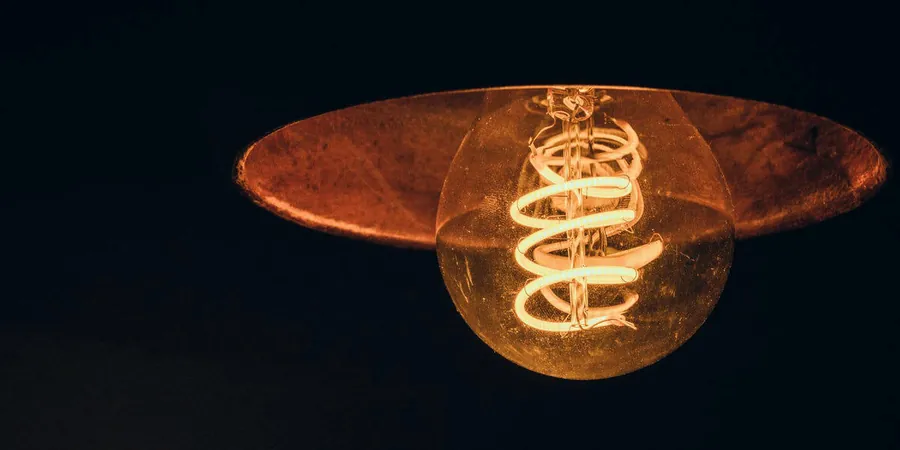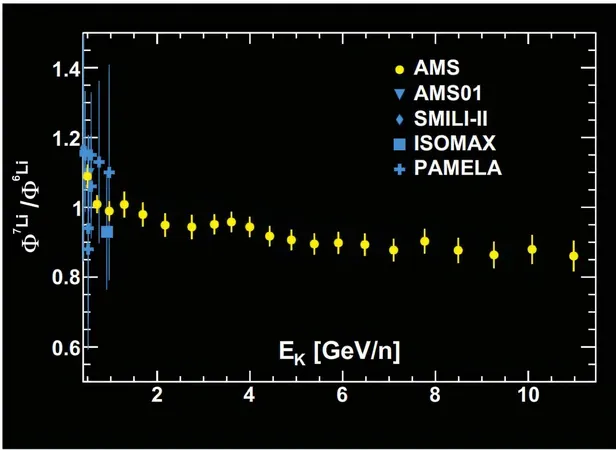
Unveiling the Secrets of a Medieval Alchemist: A Shocking Element Found!
2025-05-04
Author: Amelia
Ancient Alchemy Meets Modern Science
In the realm of ancient alchemy, personal recipes were more than just mixtures; they were coveted 'secrets.' Among these storied figures, Tycho Brahe stands out—not just for his groundbreaking astronomical discoveries, but also for his rumored underground laboratory where he concocted medicines that could span centuries.
A Hidden Laboratory's Discovery
Brahe's illustrious observatory was lost to time after his passing in 1601, yet a recent excavation by researchers from the University of Southern Denmark and the National Museum of Denmark has rekindled interest in his alchemical practices. They uncovered five shards believed to originate from Brahe's basement lab, hidden beneath his castle-like observatory on the island of Ven.
The Surprising Element: Tungsten!
Utilizing advanced mass spectrometry, researchers analyzed these shards for 31 trace elements. While they discovered many expected materials like nickel, copper, and gold, one element raised eyebrows: tungsten. As archaeometry expert Kaare Lund Rasmussen noted, "Tungsten is very mysterious. It wasn’t even known at the time. How do we explain its presence in Brahe’s workshop?"
Origin Theories: Nature or Secret Knowledge?
The origin of tungsten remains shrouded in mystery. Though it can be found in natural minerals, could it have been part of Brahe’s secret formula, a hidden asset in the creation of his prized medicines for Europe’s elite? Despite tungsten being classified as an element only in the 1780s, its roots can be traced back to German chemistry, lending credence to the idea that Brahe might have known about it.
The Alchemical Recipe: A Potent Mix?
Brahe’s infamous plague remedy was no simple potion; it could have contained up to 60 ingredients, including snake flesh, opium, and various herbs and minerals. The revelation that tungsten might have played a role in these concoctions poses intriguing questions about the effectiveness and composition of his medicine.
The Cosmic Connection: More Than Just Stars
While it may seem peculiar for Brahe to juggle astronomy and alchemy, this crossover was part of his worldview. He believed in cosmic connections linking heavenly bodies to earthly elements and even human organs. For example, alchemists often associated silver with the Moon and the brain, while gold represented the Sun and the heart.
The Enigma Remains
As researchers continue to unpack these ancient mysteries, the role of tungsten in Brahe’s laboratory remains elusive. What further secrets might this groundbreaking alchemist hold? Only time—and more research—will tell.









 Brasil (PT)
Brasil (PT)
 Canada (EN)
Canada (EN)
 Chile (ES)
Chile (ES)
 Česko (CS)
Česko (CS)
 대한민국 (KO)
대한민국 (KO)
 España (ES)
España (ES)
 France (FR)
France (FR)
 Hong Kong (EN)
Hong Kong (EN)
 Italia (IT)
Italia (IT)
 日本 (JA)
日本 (JA)
 Magyarország (HU)
Magyarország (HU)
 Norge (NO)
Norge (NO)
 Polska (PL)
Polska (PL)
 Schweiz (DE)
Schweiz (DE)
 Singapore (EN)
Singapore (EN)
 Sverige (SV)
Sverige (SV)
 Suomi (FI)
Suomi (FI)
 Türkiye (TR)
Türkiye (TR)
 الإمارات العربية المتحدة (AR)
الإمارات العربية المتحدة (AR)